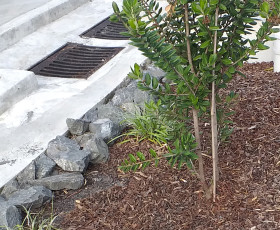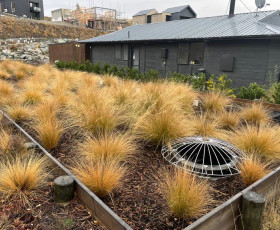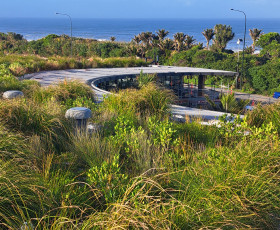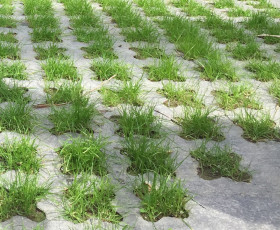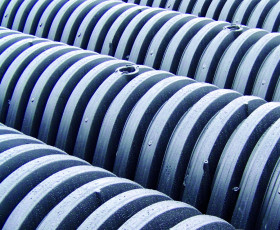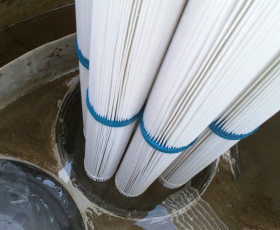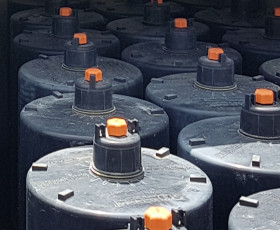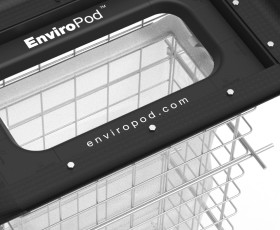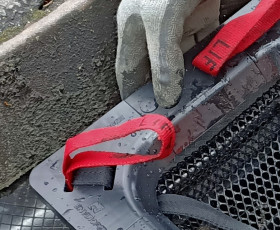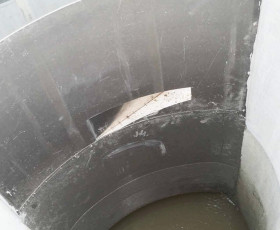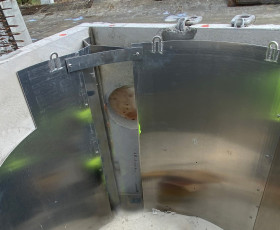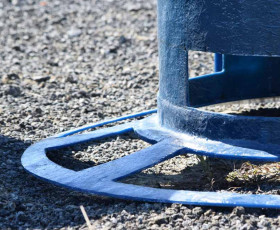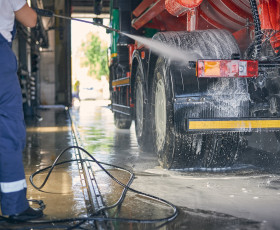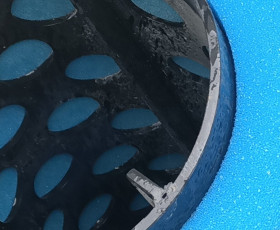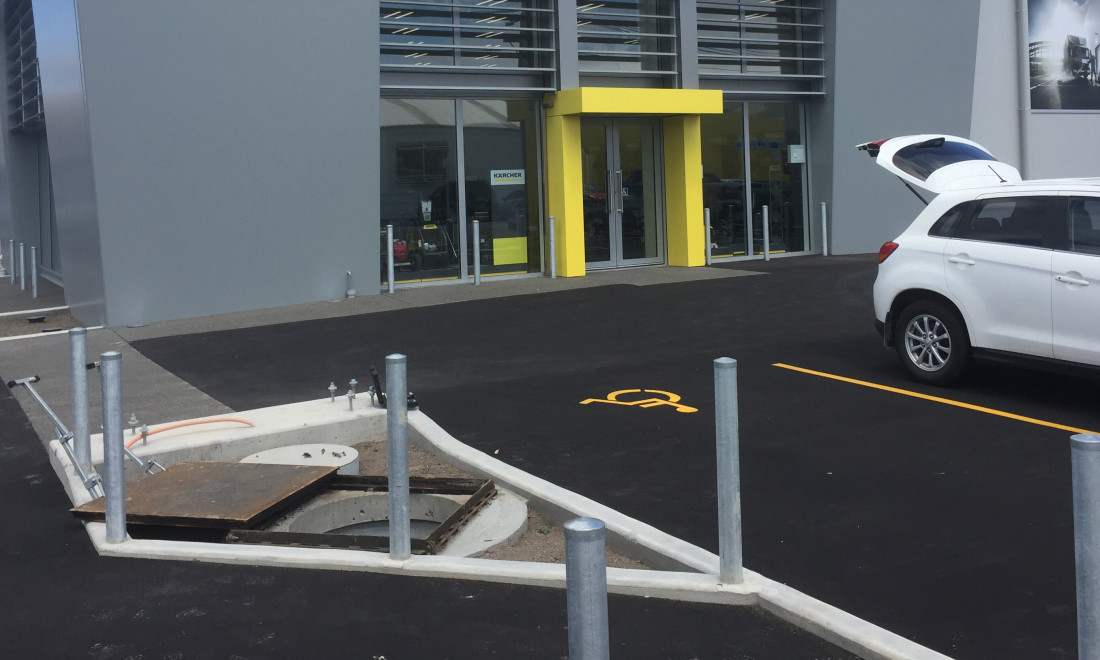The Jellyfish Filter® is the latest in filtration technology and uses gravity, flow rotation, and up-flow membrane filtration to provide stormwater treatment in an underground compact stand-alone system.
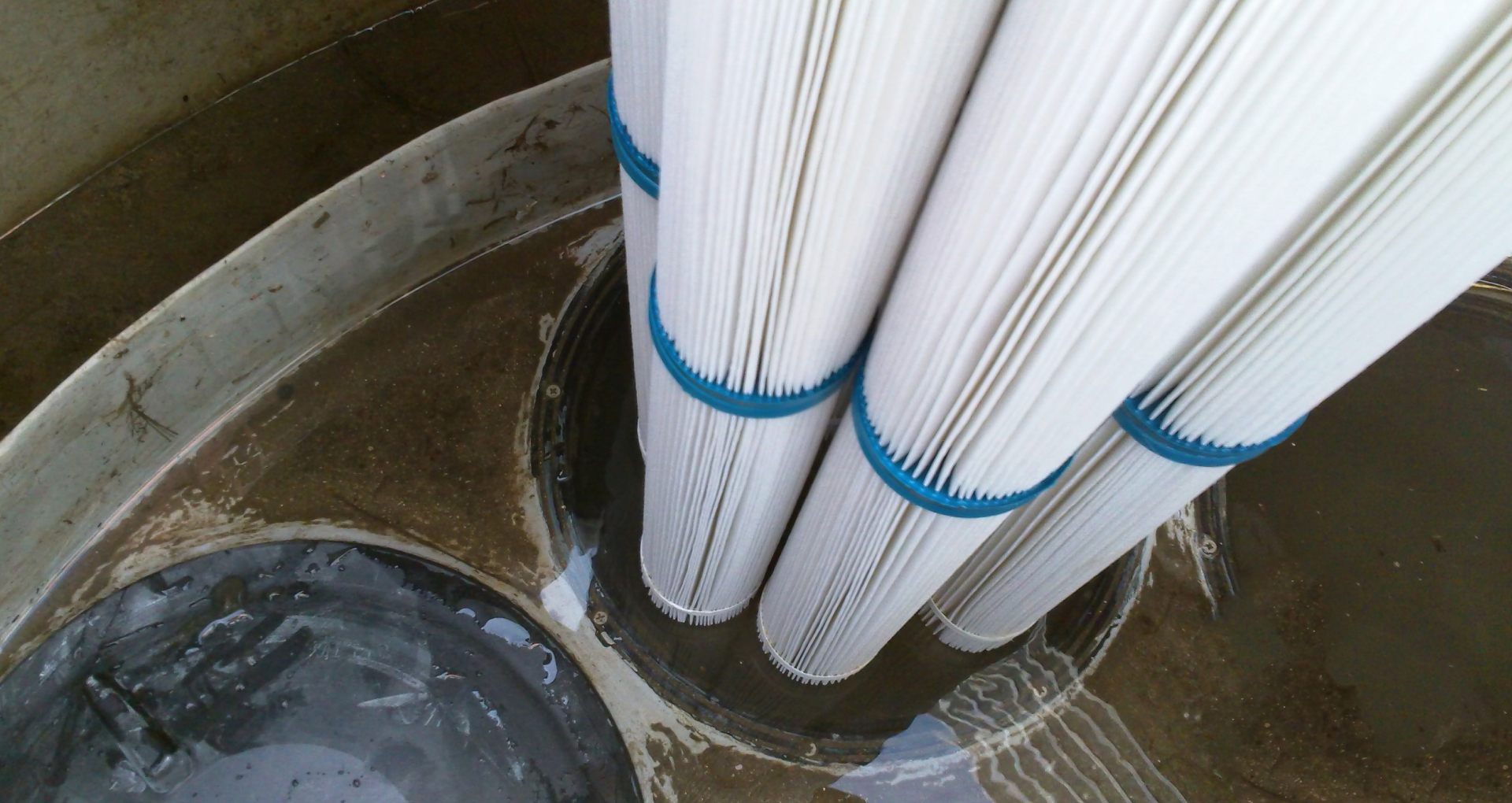
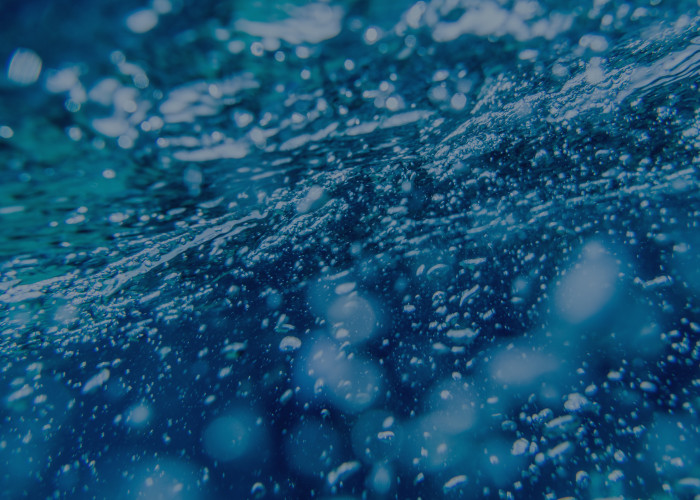
Using unique filtration cartridges, each Jellyfish® Filter has a large membrane surface area, resulting in high flow rates and pollutant removal capacity.
The filter has a number of ‘tentacles’ that catch and remove floatables, litter, oil, debris, TSS, silt-sized particles (as small as 2 microns), and a high percentage of particulate-bound pollutants; including phosphorus, nitrogen, metals and hydrocarbons.
The Jellyfish® Filter has a much smaller footprint than other best-management practices (BMPs), greater design flexibility and no replaceable media.

How it works
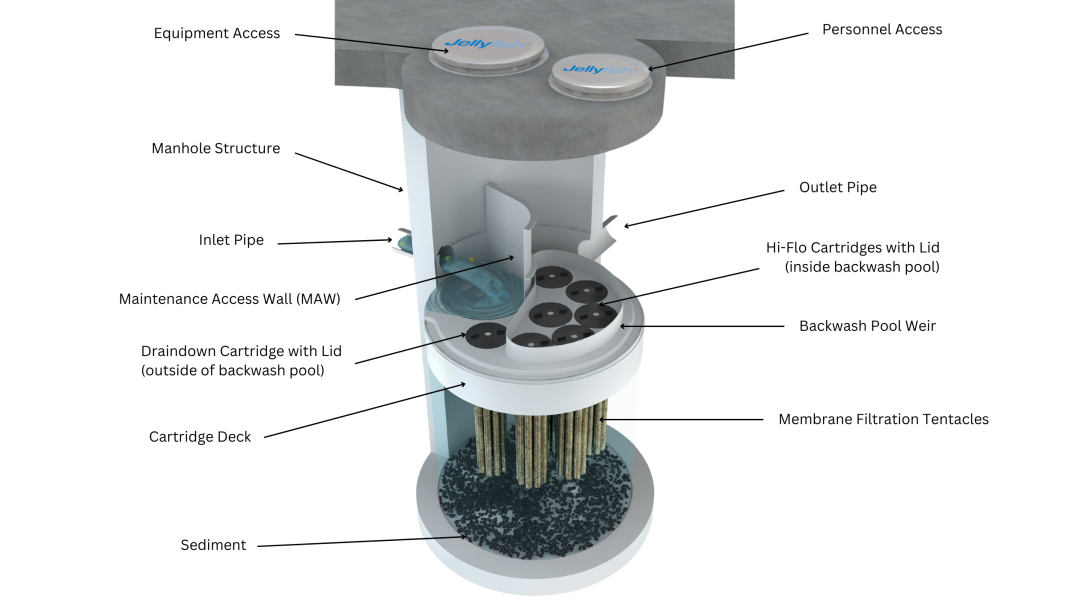
Benefits
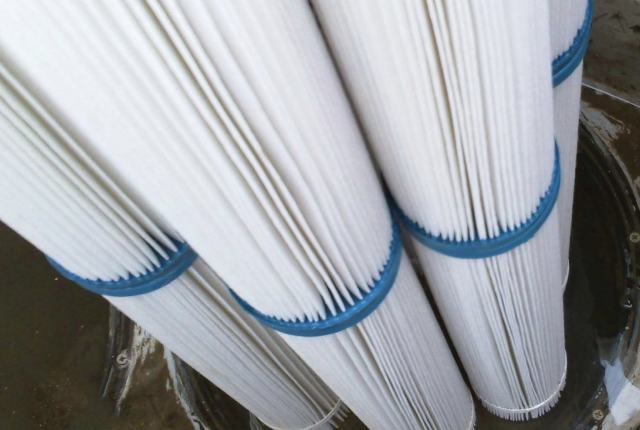
- High Surface Area Design: Minimizes maintenance costs by maximizing pollutant capture capacity without the need for replaceable media, reducing ongoing operational expenses.
- Low Replacement Costs: Eliminates the need for replaceable media, resulting in long-term cost savings by avoiding recurring media replacement expenses.
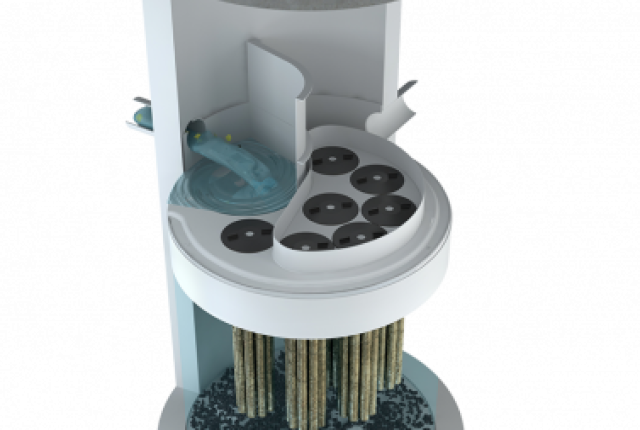
- Very Small Footprint: Occupies minimal space, making it suitable for installation in constrained areas with limited available land, optimising land usage and reducing land acquisition costs.
- Lowest Hydraulic Effect: With a hydraulic effect of only 150mm, it minimizes the impact on the upstream network, and the risk of flooding
- Lower Installation Costs: Offers cost-effective installation by requiring minimal space and reducing excavation requirements, resulting in lower labour and equipment costs.
- Independent Testing and Certification: Ensures reliability and performance through independent testing and certification, providing assurance of compliance with industry standards and regulations, reducing risks and potential additional costs associated with non-compliance.

Design your own
for site specific needs
Use our free online sizing tool for instant DIY sizing and technical specifications.
Configurations
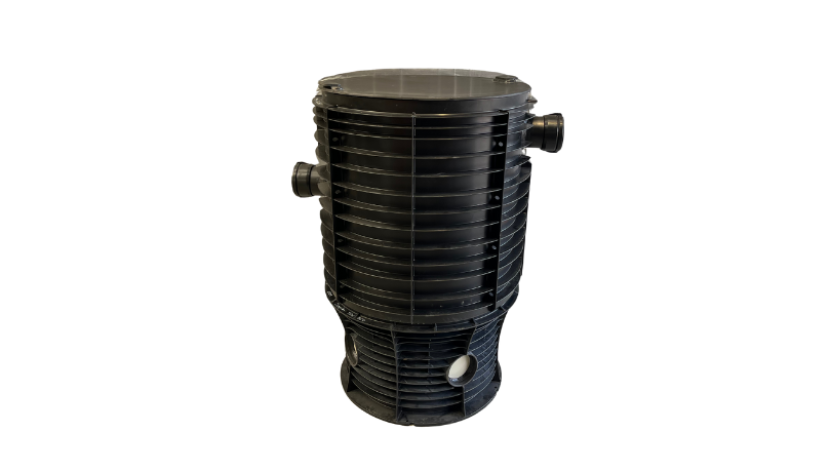
Man O War (MOW) Jellyfish® Filter
The Man O War (MOW) Jellyfish® Filter offers the proven performance of the traditional Jellyfish® Filter in a lightweight, compact, and shallow system. Designed for flows up to 12.5 L/sec, the MOW is especially suited to South Island conditions, where high water tables, shallow depth to invert, and confined sites make deeper systems impractical. The Man O War is made from Polypropylene, making it lightweight but strong.
Manhole Configuration
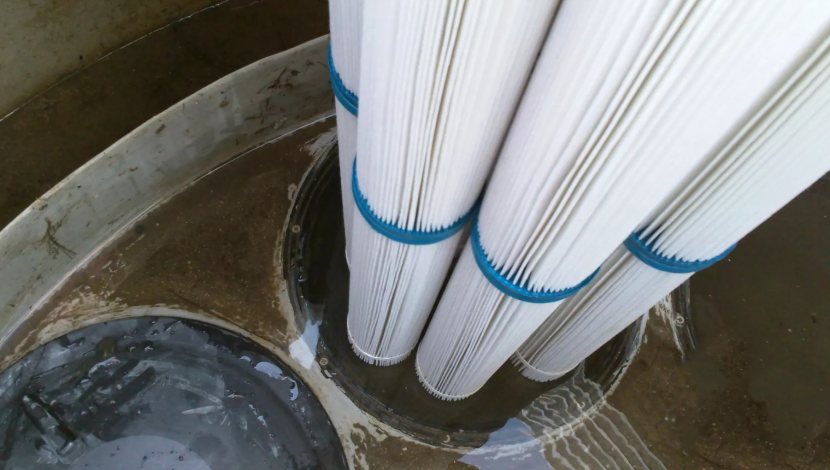
Vault Configuration
Still have questions?
We are here to help.
